The Road to Inner Peace: How Motorcycle Maintenance Can Help You Find Zen

Way back in 1974, Robert Pirsig published his famous book on quality entitled “Zen and the Art of Motorcycle Maintenance.”
Frankly, it didn’t have a lot to do with keeping your bike running smooth. But the topic remains important, because just about the most dangerous thing you can ever do is trying to ride a poorly maintained, malfunctioning motorcycle.
You don’t want to even imagine how many things can go wrong if your machine isn’t maintained properly and kept in tip-top shape.
Just like you wouldn’t hit the road wearing the wrong gear, you shouldn’t ever hop on a motorcycle that wasn’t thoroughly checked-out and maintained. It’s just safer. Period. Plus, you’ll be able to ride full out and take advantage of all your bike’s capabilities, without fearing whether everything will work properly.
And the best news of all – you don’t have to be a Zen master to keep your bike running like a champ. In fact, managing some critical maintenance tasks yourself is easier (and more rewarding) than you may have ever imagined.
RTFM – Yeah It’s Old, But It’s Still Great Advice
If you’ve never seen these 4 letters – RTFM – they call out some simple advice too many fail to embrace.
Because the VERY first thing you should take if you plan on maintaining your motorcycle is to Read The Freaking Manual – in fact, study that owner’s manual CAREFULLY. It’ll tell you a bunch of important stuff, like where the plugs and filters are and how to access them. Also, which fluids your motorcycle needs, along with the proper amounts needed.
It’s well worth your time, so do it. Then, after you’ve gone through it and understand your machine in detail, you’ll be good-to-go to perform some critical basic maintenance tasks on your own, such as:
- Changing the oil
- Maintaining tread health and tire pressure
- Chain cleaning
- Air filter replacement
- Changing the coolant
Changing the Oil
Regular oil changes are necessary to keep your motorcycle running smoothly. This is NOT something you can put off forever. Without fresh oil, the engine could malfunction at the worst time possible, which could definitely present a much greater issue than the few minutes this chore typically requires.
Figure on changing the oil at least every few thousand miles, with the exact number depending on your motorcycle model. (Hint: You’ll almost certainly get some clues by reading that owner’s manual.)
Now before you start doing the oil change, hop on your motorcycle and ride it for several minutes. This will warm up the machine, which lowers oil viscosity – making it easier to drain the oil. Then, turn your engine off and leave the bike standing upright. Get a drain pan ready. Remove both the drain and oil fill plug. Don’t forget to remove the oil filter as well. (It’s not a bad idea to also cover the exhaust and engine with some foil so no oil gets on those parts.)
When the oil’s totally drained out, put a new filter in place and put everything back together. Use a funnel to refill the oil - take care to pour the right type and amount per the instructions in the owner’s manual. Once everything’s done, go ahead and take the old oil to a recycling center.
Maintaining Tread Health and Tire Pressure
When it comes to tire treads, the reality is you can’t replace or fix them. If the tread’s bad, you need a new tire. That said, it’s definitely a good idea to regularly check your tires to make sure they haven’t worn down too much.
The best way to check treads is with the wear indicator that’s actually part of the tire. The indicator is a rubber knob within the tire’s grooves. NOTE: The wear indicator is meant to be INSIDE the grooves. If the knob is starting to even out with the surface of the tire, you’ll need a replacement.
You can get away with checking tread every now and then, you need to check the tire air pressure every time you plan on taking a ride. When tire pressure gets too low, your motorcycle might not handle as well. Plus, the ride could feel uncomfortable.
Don’t leave this to guesswork, you’ll need a real pressure gauge to do it right. First, find the valve stem on your wheel – it will be on the inside. Remove the cap and connect the gauge to the stem. You’ll get a pressure reading that you can compare with the recommended values / optimal pressure noted on the tire’s sidewall.
If you discover the pressure has dropped below the recommendation, you can refill the tire with an air compressor. If you don’t own one, you can find a compressor at most gas stations. Note that you can let air out easily if you pump the tire too much.
Finally, don’t forget to put the valve stem cap back on when you’re done.
Cleaning the Chain
Cleaning a motorcycle chain sounds messy, but that’s not the case with most modern chains. The chain on your motorcycle is probably the sealed O-ring type, which doesn’t require as much cleaning as the older types.
The two times you’ll need to clean your chain are: 1) when the owner’s manual recommends it and 2) when the chain gets too dirty. (Your owner’s manual will advise you on the precise mileage when you should do the cleaning.)
To clean the chain, first rest the motorcycle’s rear wheel on an elevated surface. Then, shift the transmission to neutral – this will allow the chain to move easily. Take a gentle brush and start cleaning the chain until it’s free of grime.
You’ll then want to lubricate the chain. The best way to apply the lube is to keep the back wheel rotating while doing so. This will make sure the chain is coated evenly.
Once you’re certain the lube has gone into the joints and the entire chain is covered, let everything set for about five minutes.
Wrap up the process by taking a paper towel and wiping off any excess lubricant.
Air Filter Replacement
Your motorcycle’s air filter prevents dirt and debris from getting in the engine. Over time, the filter collects more and more dirt and eventually will become clogged. Once filter can’t function properly, your motorcycle might experience a drop in performance.
Now replacing an air filter isn’t a complex, however, it CAN take a lot of time, depending on how the filter is placed. For example, you might need to remove parts like the gas tank to reach the filter.
When you do manage it, replacement should be straightforward. Just take the old filter out and install the new one. Then, put any removed parts back in their places.
None of this should be too complicated. But if you don’t feel comfortable taking apart your motorcycle, however, it’s okay to just hand the job off to a professional.
Changing the Coolant
Contrary to common opinion, coolant doesn’t perform one single function in your motorcycle. Yes, it works to prevent overheating, but it also stops your engine from freezing and protects it from corrosion - functions essential to keeping your machine healthy and working properly.
The coolant drain is usually found under some bodywork – the exact layout will depend on your motorcycle model. Once you get to the coolant bolt, prepare a drain pan, position it under your engine, and take the bolt off. (You should also remove the radiator cap to ensure the coolant drains completely.)
When there’s no more coolant left, put the bolt back and refill the coolant using a funnel. Then, reinstall the radiator cap and any previously removed bodywork. Start your machine and let it work for two or three minutes. Cut the ignition and let the engine cool a bit before rechecking the coolant level. If the amount of coolant has dropped, add more until you reach the specified amount.





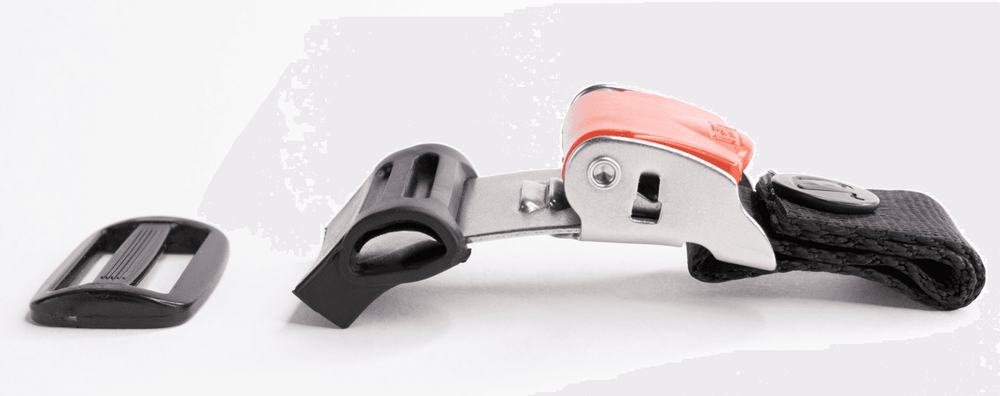
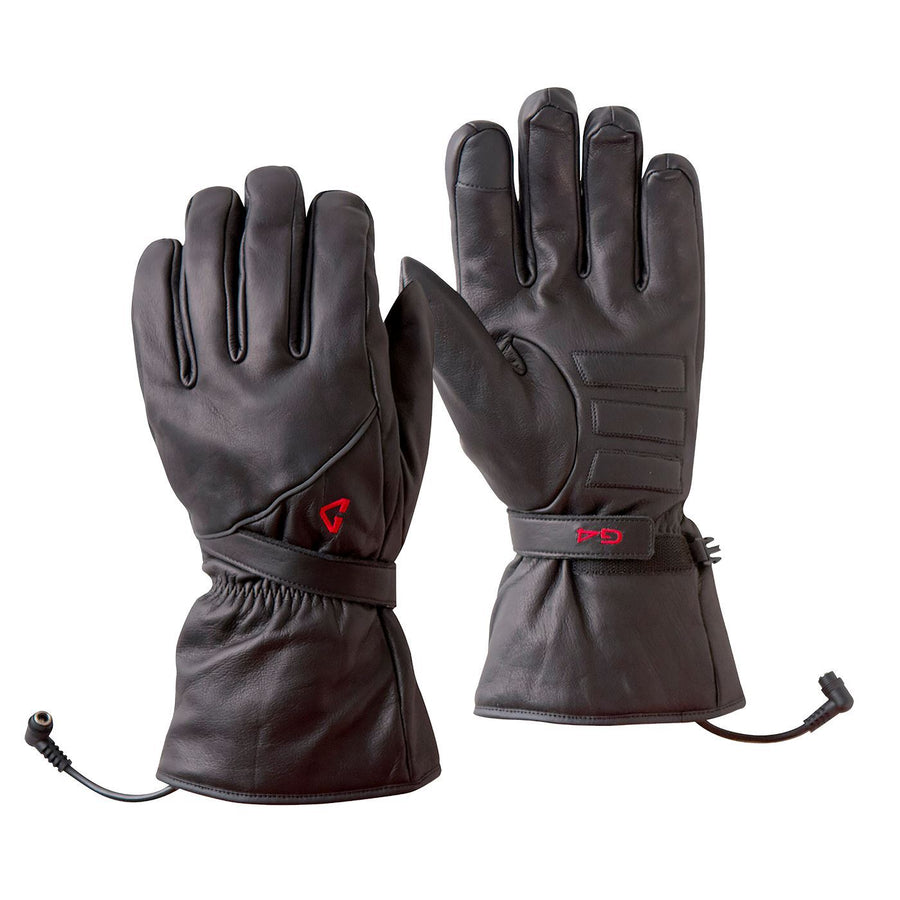

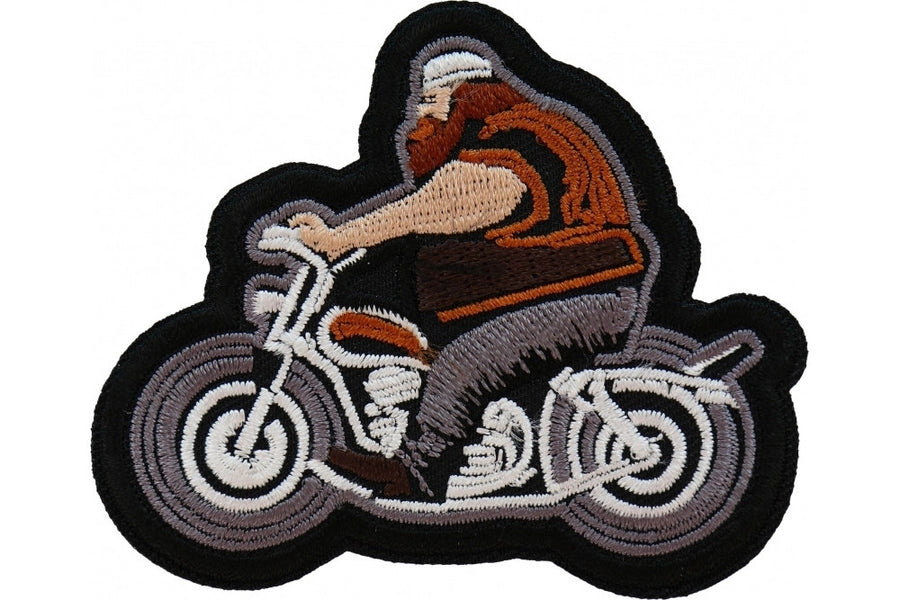

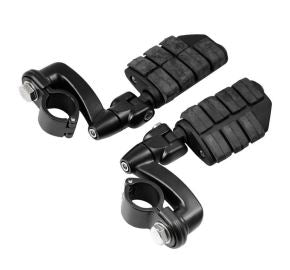


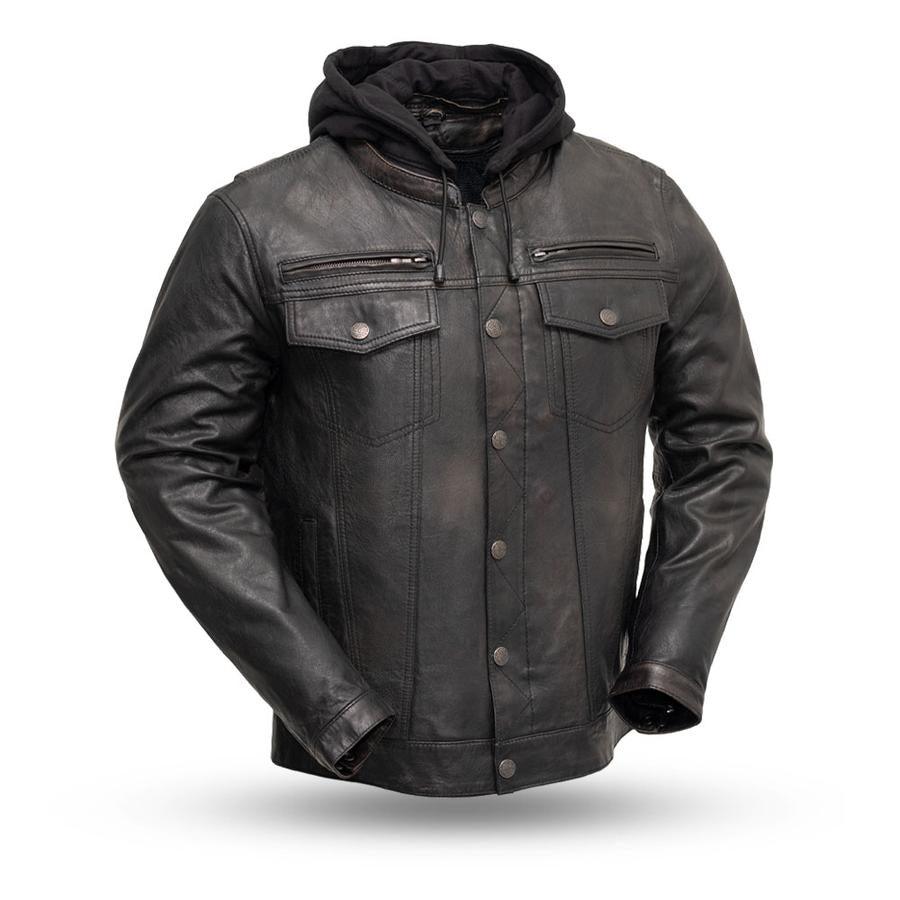
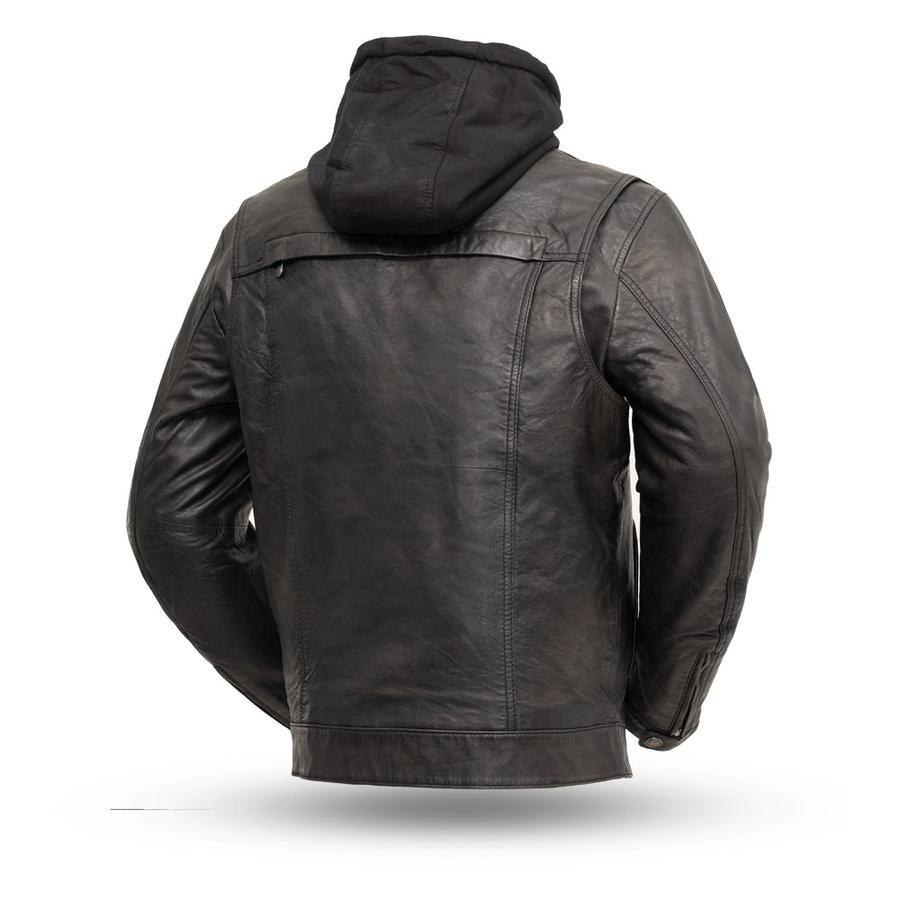
Leave a comment